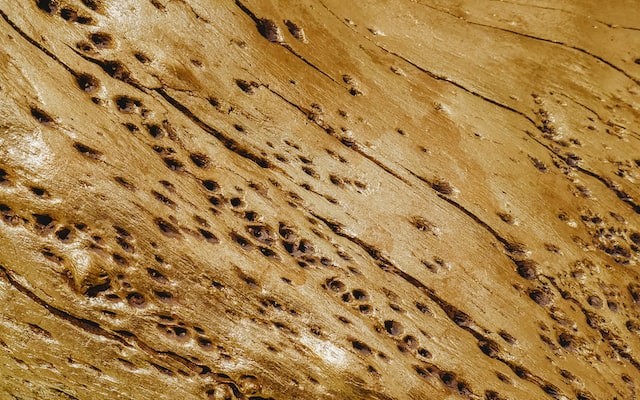Most people believe that termites are an annoyance that eats the wood in residences and commercial buildings. However, these termite species only make up about 4% of all termite species globally.
A multinational investigation into termite and microbial wood findings and decay was directed by a tropical biologist. Future ecosystems might see termites play a bigger part.
Termites in future ecosystems
 (Photo : Roberto Carlos Román Don/Unsplash)
(Photo : Roberto Carlos Román Don/Unsplash)

Due to their role in the recycling of dead tree wood, termites are essential to natural ecosystems, particularly in tropical regions.
The planet would be covered in dead plants and animals without these decomposers, as per ScienceDaily.
According to a recent worldwide study led by Amy Zanne, a biology professor at the University of Miami, termites are crucial for decomposing wood and contribute to the earth's carbon cycle.
They also discovered that termites are highly susceptible to changes in temperature and precipitation, thus as the world's climate warms, termites' influence on wood deterioration is expected to spread outside of the tropics.
According to Zanne, termites mostly affected subtropical deserts, seasonal forests, and tropical savannas.
Regarding their contribution towards to the global carbon budget, these systems are frequently undervalued.
The international study, according to Zanne's coauthor Amy Austin, associate professor of ecology at Universidad de Buenos Aires, helped the researchers get a more comprehensive understanding of wood deterioration.
Deadwood is broken down by both termites and microorganisms, although there are significant distinctions between the two.
Termites can survive at low moisture levels, whereas microorganisms require water to develop and devour wood.
In fact, termites may forage for food even when it is dry out, take it back to their mounds, or even relocate their colony within the wood they are eating.
Read more: Hard-Working Termites Crucial to Forest, Wetland Ecosystems
Types of termites
Termite populations emerge as the ground warms up across the nation, from the South up to the North, in quest of a new building to invade, as per Pest World.
Although there are around 2,000 species of termites known to exist worldwide, here are some types of termites that are commonly known by people:
All states outside Alaska have subterranean termites. Up to 2 million members of this termite species can live together in underground colonies or in wet, quiet locations aboveground.
They create recognizable mud tubes to access food sources and shield themselves from the elements.
Of the more than 2,000 termite species that science is aware of, Formosan termites are ravenous, aggressive, and cunning. Formosans construct elaborate mud nests inside a building's walls in vast underground colonies.
High moisture content timber is infested by Dampwood termites. Compared to other termite species, dampwood termites are often greater in size.
Due to the low moisture content of the wood in structures, they typically do not infest them; however, precautions must be made to prevent luring Dampwood termites to a structure.
Unlike subterranean and Formosan termites, drywood termites infest dry wood and don't require contact with soil. This termite species can infest dead wood that could be near homes and frequently builds nests in roof materials and wooden wall supports.
Native to the Caribbean, conehead termites are an invasive species. In 2001, they were initially made available in the US.
Conehead termites were once known as tree termites, but this name change was made to dispel the myth that this insect only lives in trees.
Related Article: Researchers Sequence Termite Genome
© 2024 NatureWorldNews.com All rights reserved. Do not reproduce without permission.




![Roundworms with Short Memories 'Stop Forgetting' When Frozen or Given Lithium [Study]](https://1471793142.rsc.cdn77.org/data/thumbs/full/70295/280/157/50/40/roundworms-with-short-memories-stop-forgetting-when-frozen-or-given-lithium-study.jpg)
